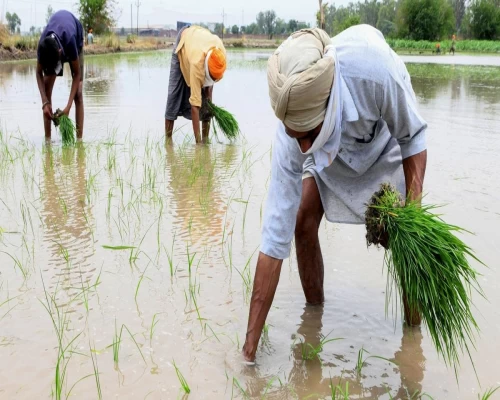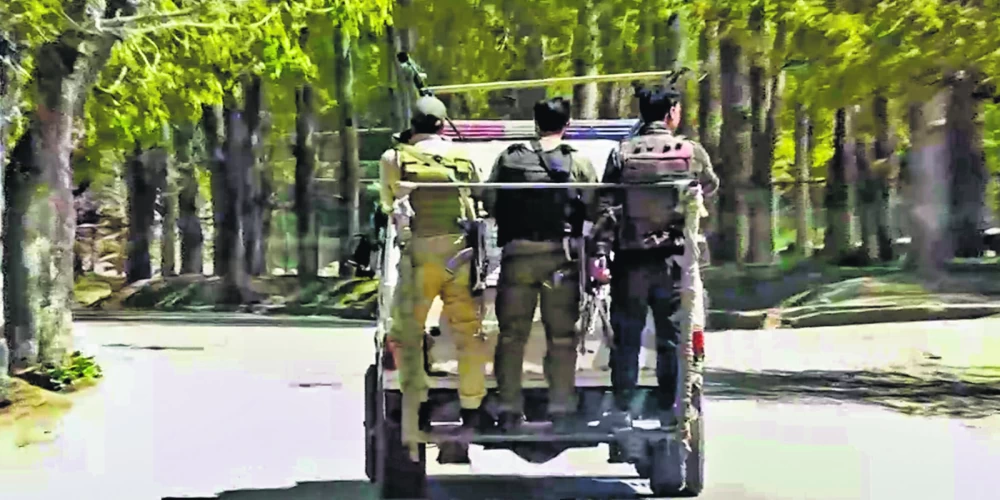
New Delhi: A serene spring day in the picturesque Baisaran Valley near Pahalgam, Jammu and Kashmir, turned into a nightmare when a millitant attack, one of the deadliest in recent years, left 26 civilians dead and over 20 injured, shattering the region’s peak tourism season and igniting India's dangerous escalation with Pakistan.
The National Investigation Agency (NIA) swiftly took charge of the investigation on April 27, 2025, under orders from the Union Ministry of Home Affairs. Registering a fresh FIR under its Counter Terrorism and Counter Radicalisation (CTCR) division, the NIA vowed to uncover the perpetrators behind the massacre. Early intelligence reports pointed to militant groups operating across the border, prompting India to lay blame squarely on Pakistan.
India’s response was swift and uncompromising. Accusing Pakistan of sponsoring terrorism, New Delhi launched a diplomatic offensive that sent shockwaves through the region. In a bold move, India announced the abeyance of the 1960 Indus Waters Treaty, a cornerstone of bilateral resource-sharing. The Wagah-Attari border was closed to passenger traffic, and Pakistani nationals were barred from entering India under the SAARC Visa Exemption Scheme. Existing visas were revoked, with Pakistani citizens given 48 hours to leave the country. Military-diplomatic ties were severed as India declared all Pakistani military, naval, and air advisers at the High Commission in New Delhi persona non grata, while recalling its own advisers from Islamabad.
Pakistan categorically denied any involvement in the attack, accusing India of fabricating claims to justify aggression. In retaliation, Islamabad suspended the Simla Agreement, closed its airspace to Indian aircraft, and imposed stringent trade restrictions. Tensions boiled over along the Line of Control (LoC), where scattered small-arms fire signaled a deepening military standoff. The crisis, now the worst in years, has pushed South Asia to the edge of conflict, with both nations grappling with rising nationalist fervor and domestic political pressures.
The international community has watched with growing alarm as the spectre of war looms over the subcontinent. The United Nations, alongside global powers, issued urgent calls for de-escalation, warning of catastrophic consequences should the situation spiral further. Iran, citing centuries-old civilizational ties and invoking a 13th-century Persian poem, offered to mediate between the two nations. Qatar, Saudi Arabia, and Kuwait echoed pleas for restraint, urging India and Pakistan to resolve the crisis through dialogue. India, meanwhile, intensified its diplomatic outreach, engaging eight non-permanent member nations of the United Nations Security Council to build global support for its stance.
Back in Jammu and Kashmir, following an extensive security audit of 87 tourist sites, authorities ordered the closure of 49 destinations deemed too risky. The remaining sites, now under heightened surveillance, have implemented rigorous checks to safeguard visitors.
The Indian armed forces, granted full operational autonomy, are poised to deliver a response to the attack, with the mode, timing, and target left to their discretion. Analysts warn that any miscalculation could escalate the crisis into a full-scale conflict, with devastating regional and global repercussions.
As night falls over the Baisaran Valley, once dubbed the “Mini Switzerland of India,” the scars of April 22 remain raw. The world watches, holding its breath, as South Asia teeters on the edge of history.
BI Bureau


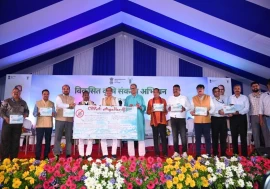
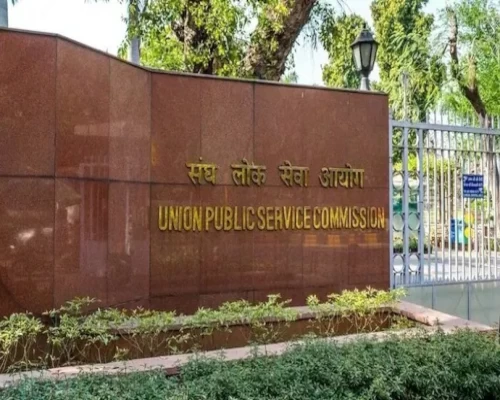


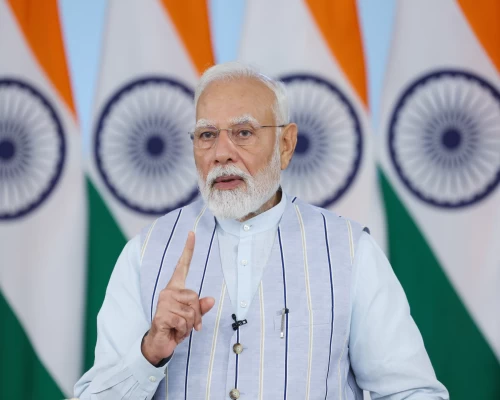
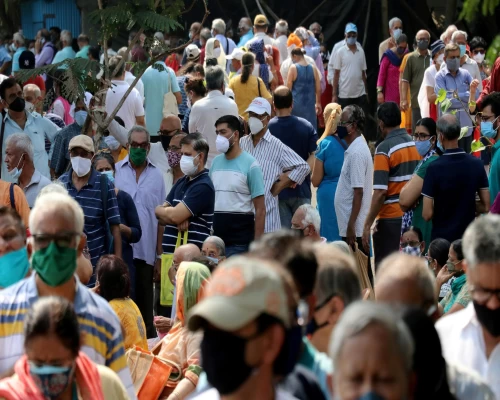

 (13)_500_x_400.webp)
